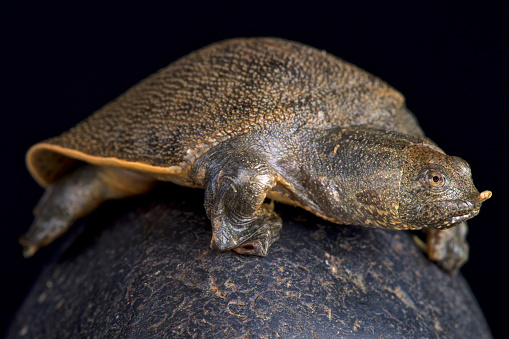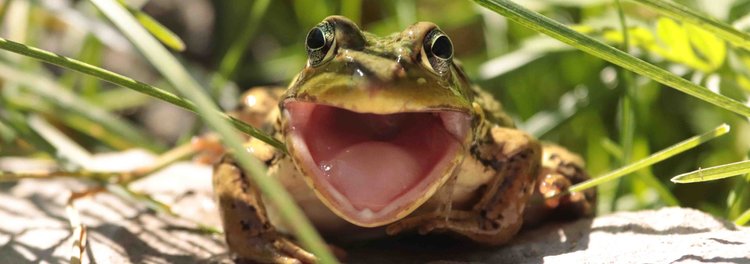Photo Courtesy of Jason George Photography.
Multiple Species Previously Thought To Have Been Mute Were Recorded Making Sounds
November 3, 2022
Imagine a spring day or perhaps a typical autumn night in Winthrop. What do you usually hear? Sure you’ll most likely hear cars–or if you live close to the airport you’ll hear the constant droning of planes–but you will also most likely hear birds. But one thing you might never hear is a spider or your goldfish making a sound…or do they and we just don’t hear them?
A paper published in “Nature Communications” included records of typically quiet animals like turtles and amphibians making sounds. The lead author,ason George Gabriel Jorgewich Cohen, explains that the project originally began after reading about a turtle in the Amazon who also made sounds. He then began to wonder whether his pet tortoises could do the same. After contacting a researcher at his former university in Brazil, he used the hydrophone his associate created and began to record the noises his pets made.
What began as his pets soon spanned across five countries with fifty species of turtles, caecilians, tuataras, and lungfish.

Surprisingly enough, none of them were mute!
According to NPR, Jorgewich Cohen said, “every single animal I recorded made sounds.” These findings all point to a common ancestor dating to about “407 million years ago.” However tracing this record is hard; Neil Kelley, the paleontologist at Vanderbilt University, says that because sounds don’t fossilize and “most vocal equipment is soft tissue-based.”
One thing to note is that “sound production” and “hearing” are very “different things.” John Wiens, professor of ecology and evolutionary biology at the University of Arizona, says that a turtle that makes sounds doesn’t mean that it’s communicating that way, that there is a “conflation of making sounds and acoustic communication.”
Jorgewich Cohen and his team used several strategies such as cameras and singling out certain sounds to identify sounds used for communication. Wien supported this progress by saying that the “recording of these sounds is an important step toward further understanding.”
So what now? Well, now we leave it to further research to see what it is that these animals are saying.
